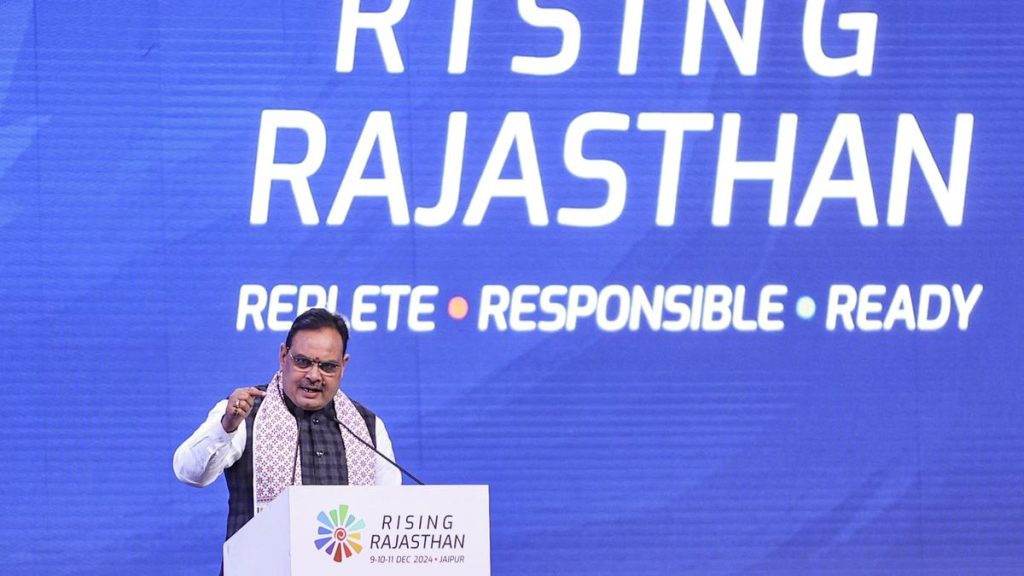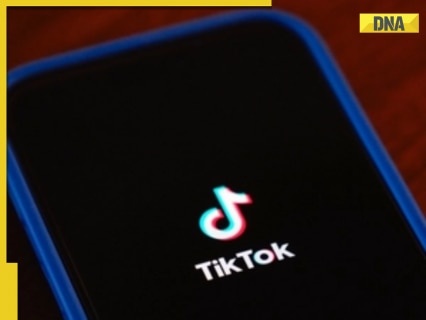Now Reading: Streamline Your iPhone: Hide App Names for a Cleaner Home Screen
-
01
Streamline Your iPhone: Hide App Names for a Cleaner Home Screen
Streamline Your iPhone: Hide App Names for a Cleaner Home Screen
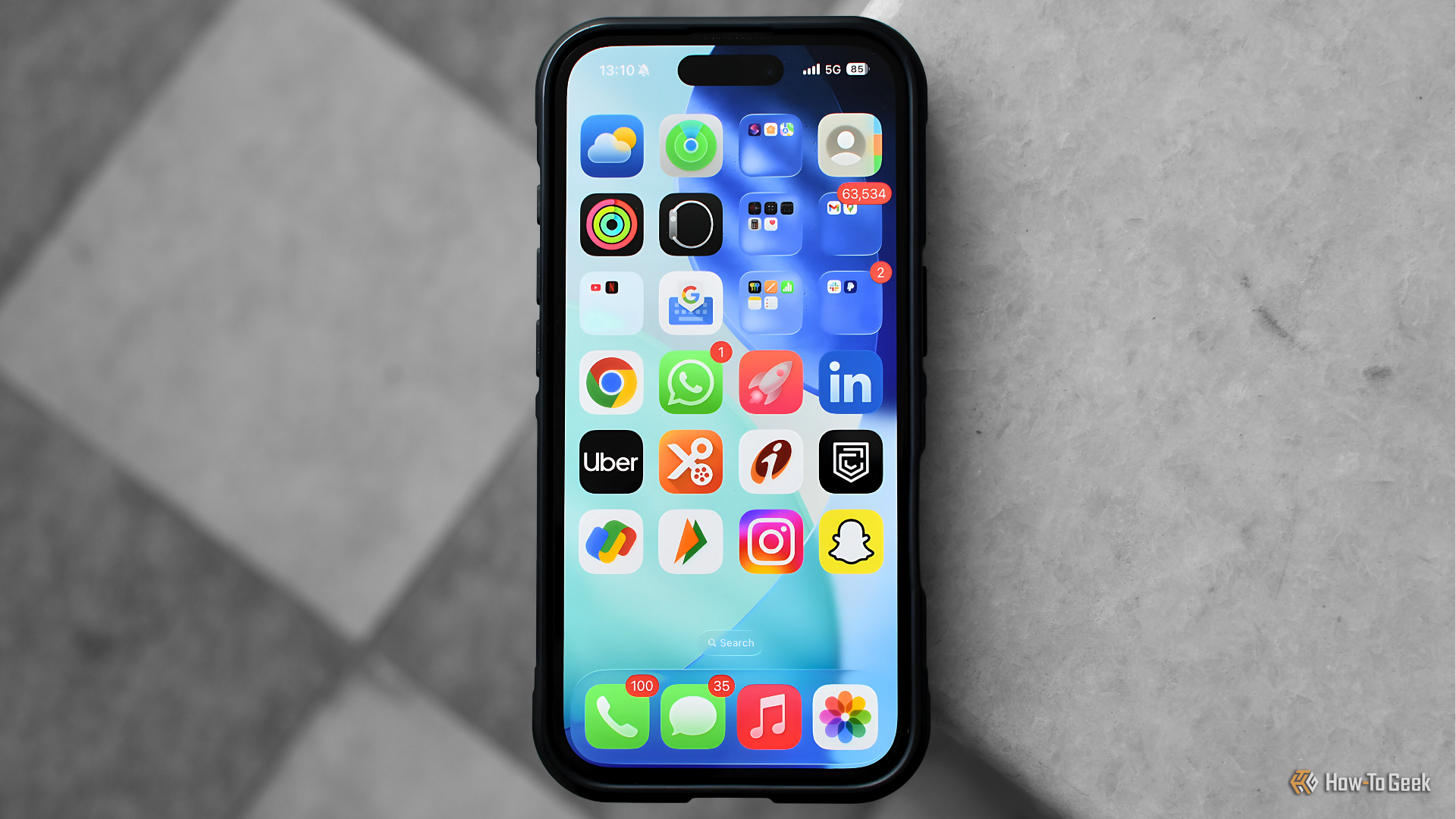
Quick Summary
- iPhone users can reduce clutter on their home screens by utilizing a hidden iOS 18 feature that allows app names to be hidden.
- App icons generally consist of both logos and names, which can lead to visually overcrowded screens.
- After months of use, some individuals find app names redundant due to familiarity with icons and muscle memory for frequently used apps like Apple Music, WhatsApp, and Slack.
- The process involves entering jiggle mode on the Home Screen by pressing an empty space until icons start jiggling. this provides a cleaner and more focused smartphone experiance without removing functionality.
Images:
!Close up shot of apps on an iPhone’s Home Screen
!Step illustration for enabling Jiggle Mode
Indian Opinion Analysis
The ability to declutter digital spaces is increasingly relevant as smartphones have become indispensable tools in daily life. for Indian smartphone users who rely heavily on their devices for personal communication, professional tasks, and entertainment consumption-this feature aligns well with minimalistic trends in user experience design. By simplifying access to frequently used apps without sacrificing performance or utility,this could especially benefit professionals who value productivity or users seeking aesthetic balance on their home screens.
Additionally, India’s tech-savvy population may find such features appealing as it combines practicality with customization-a key driver in user satisfaction across wide demographics within the country’s booming mobile ecosystem.Read more: How-to-guide article linkIt truly seems the input lacks specific content related to India, focusing rather on instructions for customizing an iPhone Home screen. There is no mention of Indian news or any relevant context for Indian Opinion.
To assist appropriately, please provide raw text or data that is clearly related to India or has meaning in an Indian context.Quick Summary
- iPhones running iOS 18 and iOS 26 now feature a “Large Icons” option, allowing users to enlarge app icons.
- Enabling the feature removes app names from the home screen,decluttering the interface.
- Icon size changes apply universally across all pages of the home screen without customization for specific pages.
- While it simplifies visual navigation for some, drawbacks include potential confusion for new users or those reliant on accessibility features.
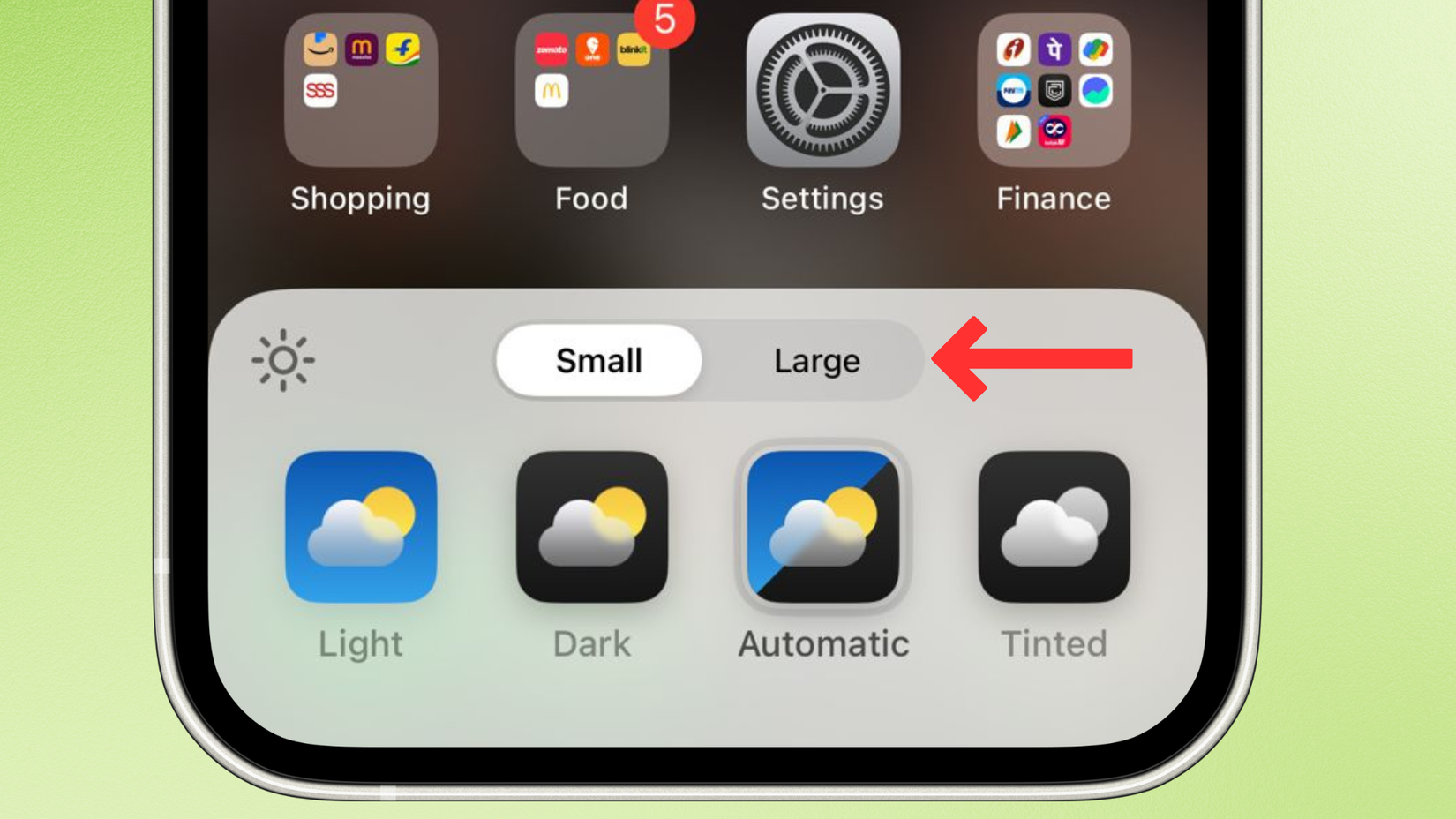
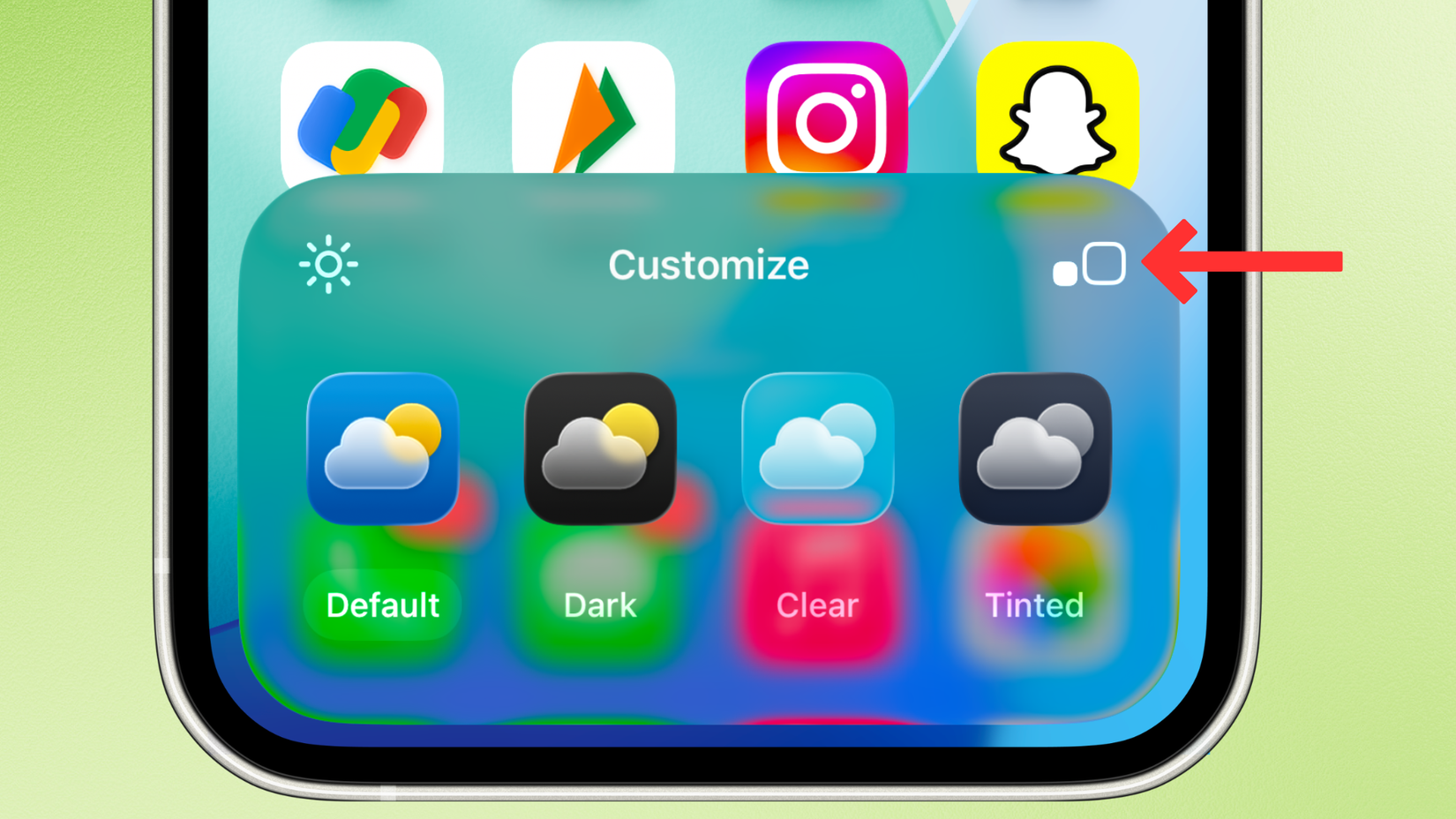
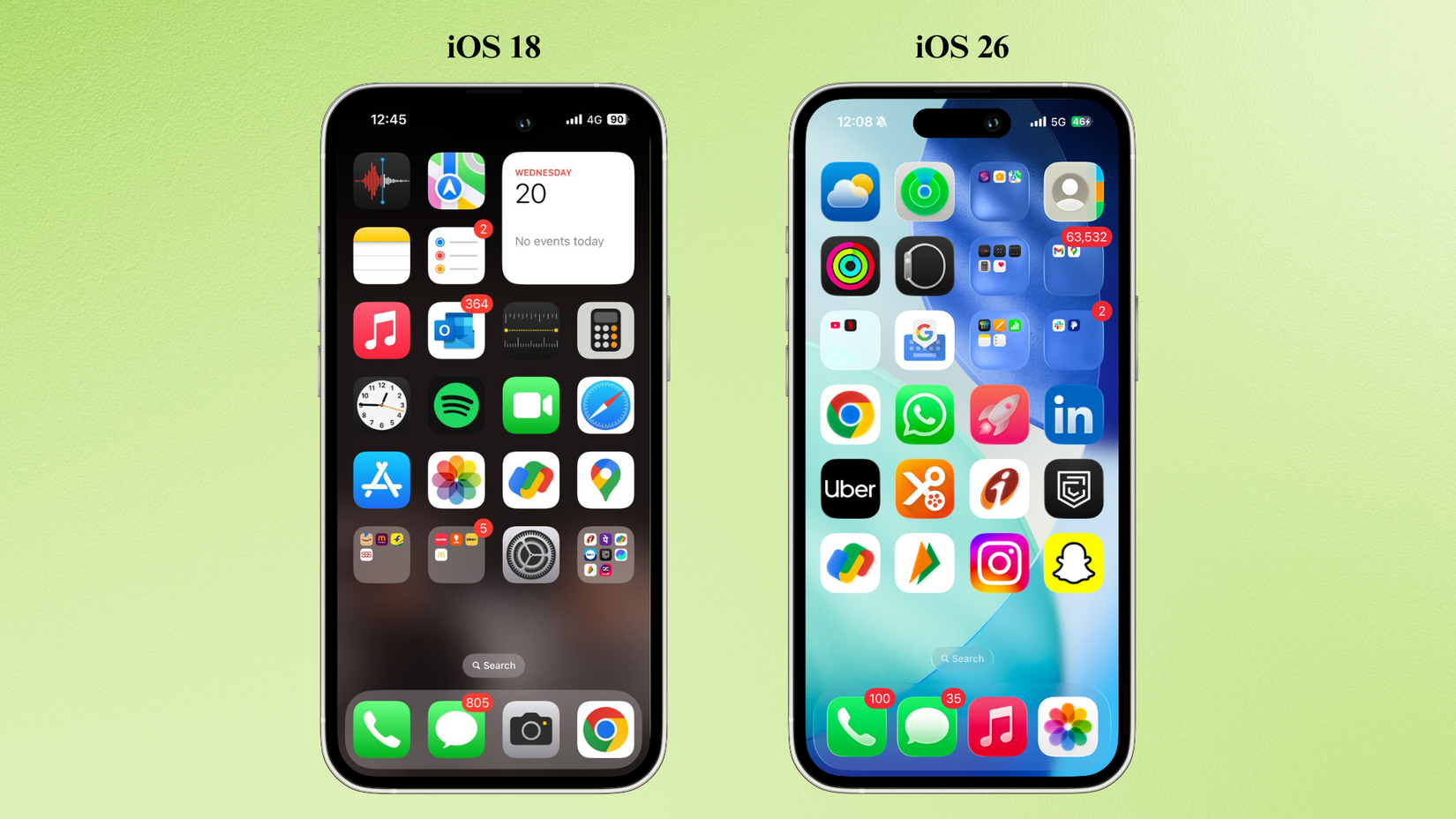
Indian Opinion Analysis
The introduction of customizable features such as “Large Icons” reflects Apple’s intent to cater to diverse user preferences and streamline smartphone experiences. For Indian consumers-often engaged in dynamic markets where accessibility tools play a critical role-the removal of app names may not suit everyone equally. Users unfamiliar with icon designs or reliant on text labels could face usability challenges, potentially limiting adoption among certain groups like first-time smartphone users.
Indian developers testing apps might experience inconvenience due to similar-looking icon arrangements when switching between multiple applications frequently-a noted drawback in this update. Insights into how Apple addresses these concerns could inform broader discussions around inclusivity in tech design.
For more details: Read More
Quick Summary
- Apple has introduced the iPhone 16e as part of its iPhone 16 lineup, designed as an affordable choice priced $200 less than the standard iPhone 16 model.
- A variety of customization options for Apple’s Home Screen have been highlighted, including organizing apps into pages, folders, or removing app names entirely.
Indian Opinion Analysis
apple’s push to expand its product range with more affordable devices like the iPhone 16e reflects a strategy aimed at capturing larger market segments globally. For india-a price-sensitive market where mid-range smartphones dominate-such initiatives by Apple are significant. Although Apple’s higher-priced devices often pose affordability challenges in India compared to competitors like Samsung and Xiaomi, releasing budget-friendly models could enhance accessibility and brand loyalty among Indian consumers. On another note regarding customization features on the iPhone interface: while premium pricing in India means fewer users enjoy these perks firsthand, such innovations sustain excitement around apple’s offerings and bolster appeal among tech enthusiasts.
For more details: Read More
Quick Summary
- Apple iPhone 16: Announced with features such as a camera button,programmable action button,and AI-powered functionalities.
- Apple iPhone 16 Pro: Enhanced version with larger display (2,622 x 1,206 resolution at 460 ppi) and powered by the A18 Pro SoC. Includes the same camera and programmable action buttons alongside advanced artificial intelligence implementations.
For further details: Read More
Indian Opinion Analysis
The launch of Apple’s latest iPhones signals continuing advancements in smartphone innovation globally. The inclusion of artificial intelligence features across models aligns with broader technology trends aimed at enhancing user experience through customization and adaptability. Programmable buttons represent efforts to prioritize functionality tailored to individual preferences.
For India, known for its large consumer base for premium smartphones, Apple’s devices may further intensify competition among flagship smartphone brands like Samsung or local manufacturers offering high-performance alternatives.The growing emphasis on AI-driven tools could also contribute indirectly to strengthening India’s emerging tech ecosystem by encouraging developers working in machine learning and app customizations compatible with such devices.
Additionally, given Apple’s expanding presence in India-including recent retail openings-these launches are likely to underline perceptions of the market’s importance to global companies innovating premium hardware products.Price sensitivity among Indian consumers may remain a key determinant regarding adoption rates of these new offerings relative to rival products.




